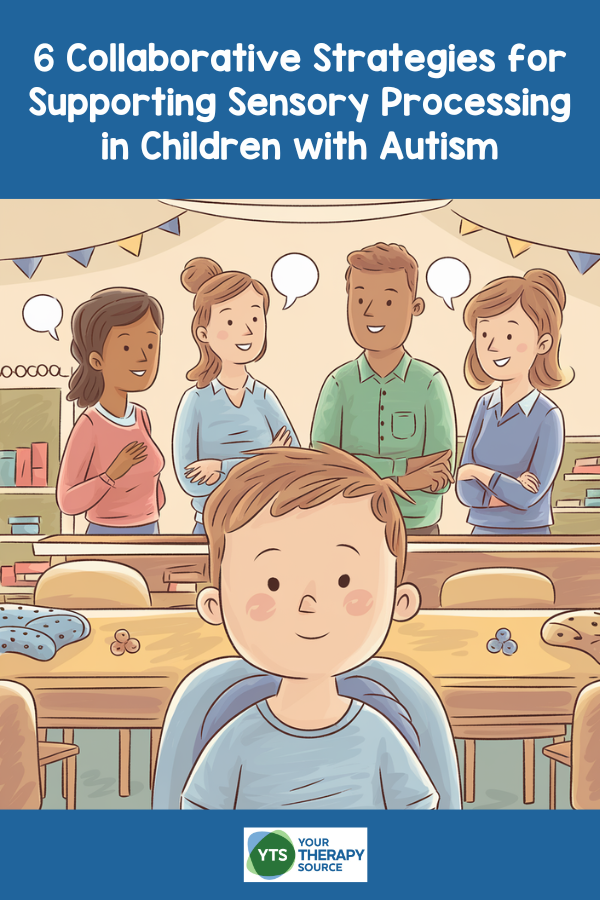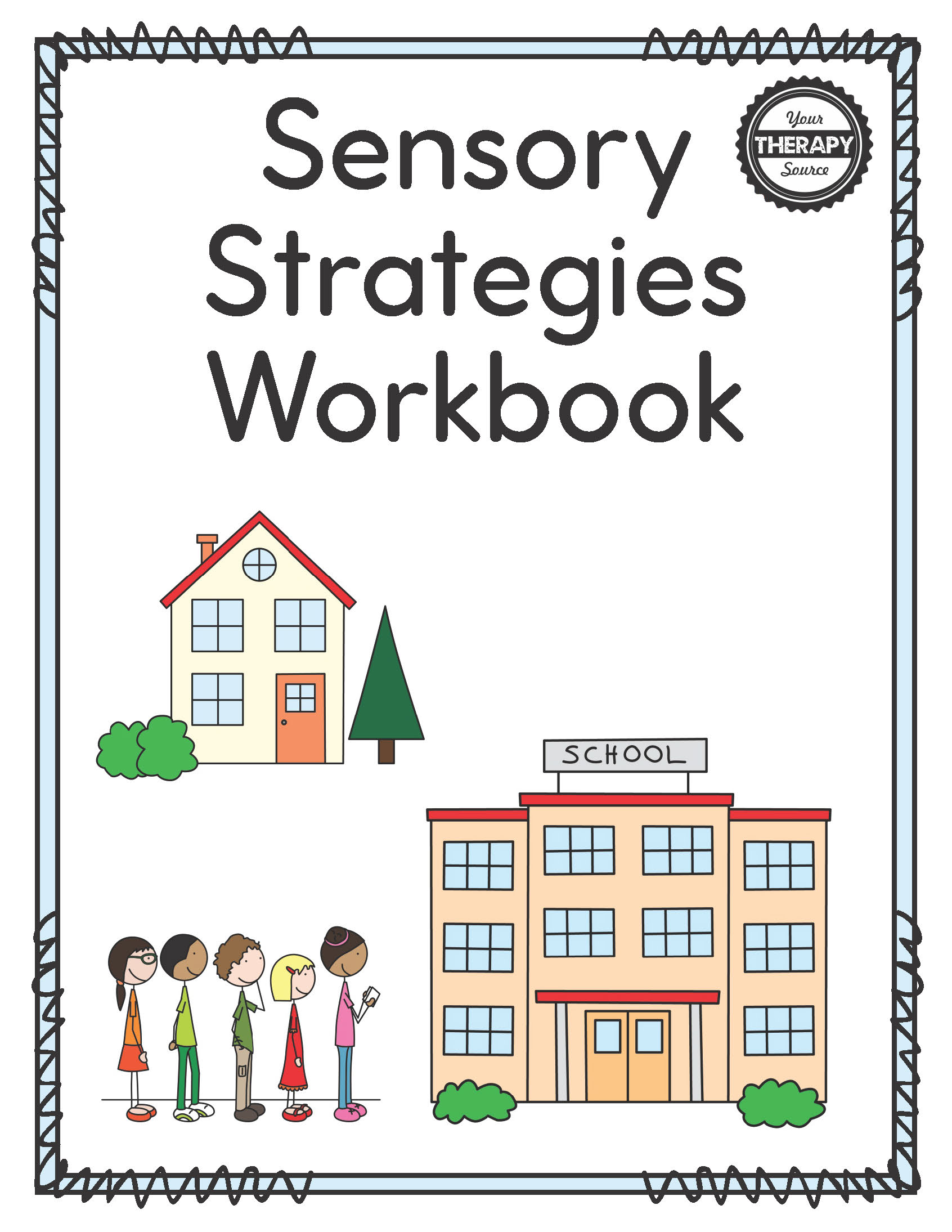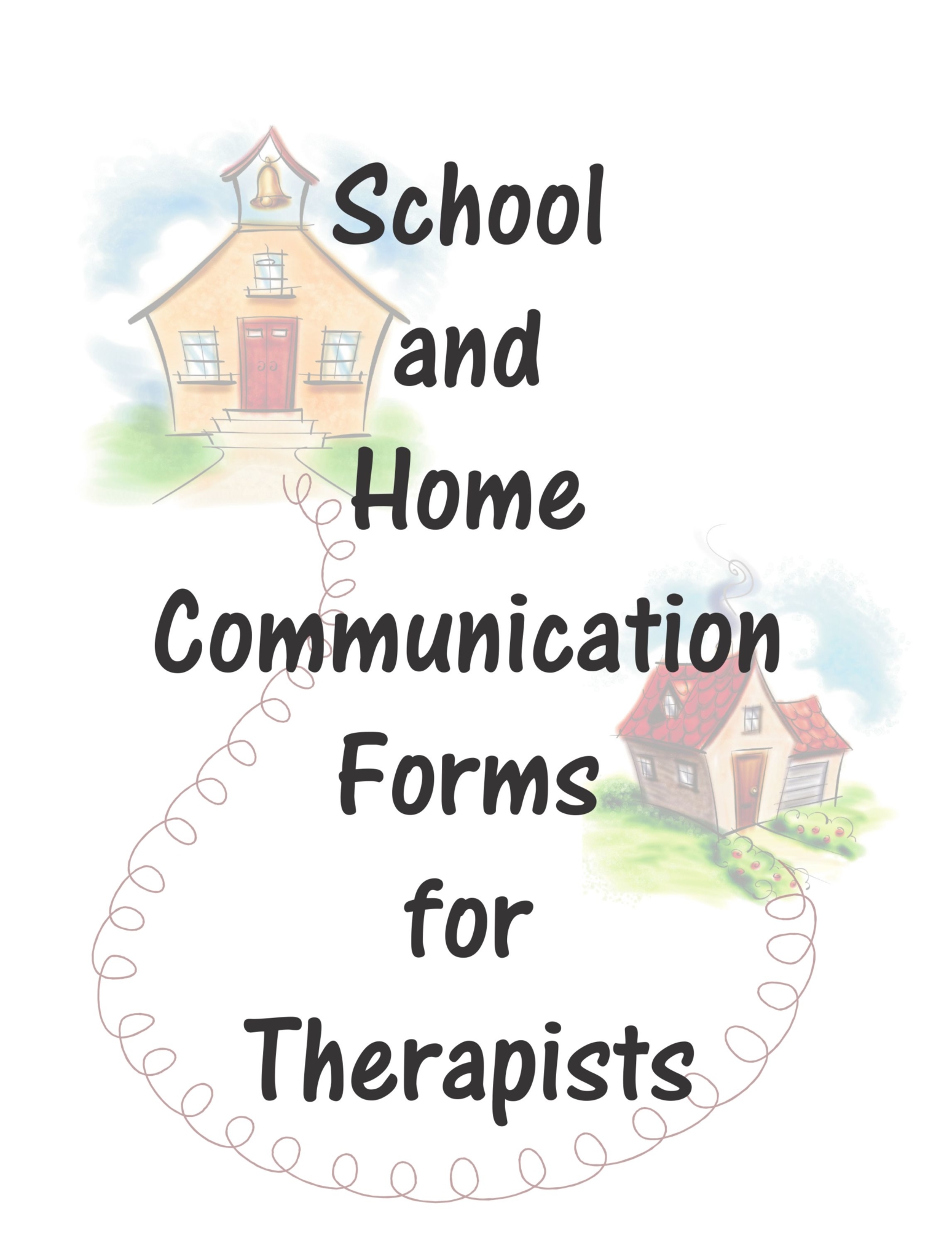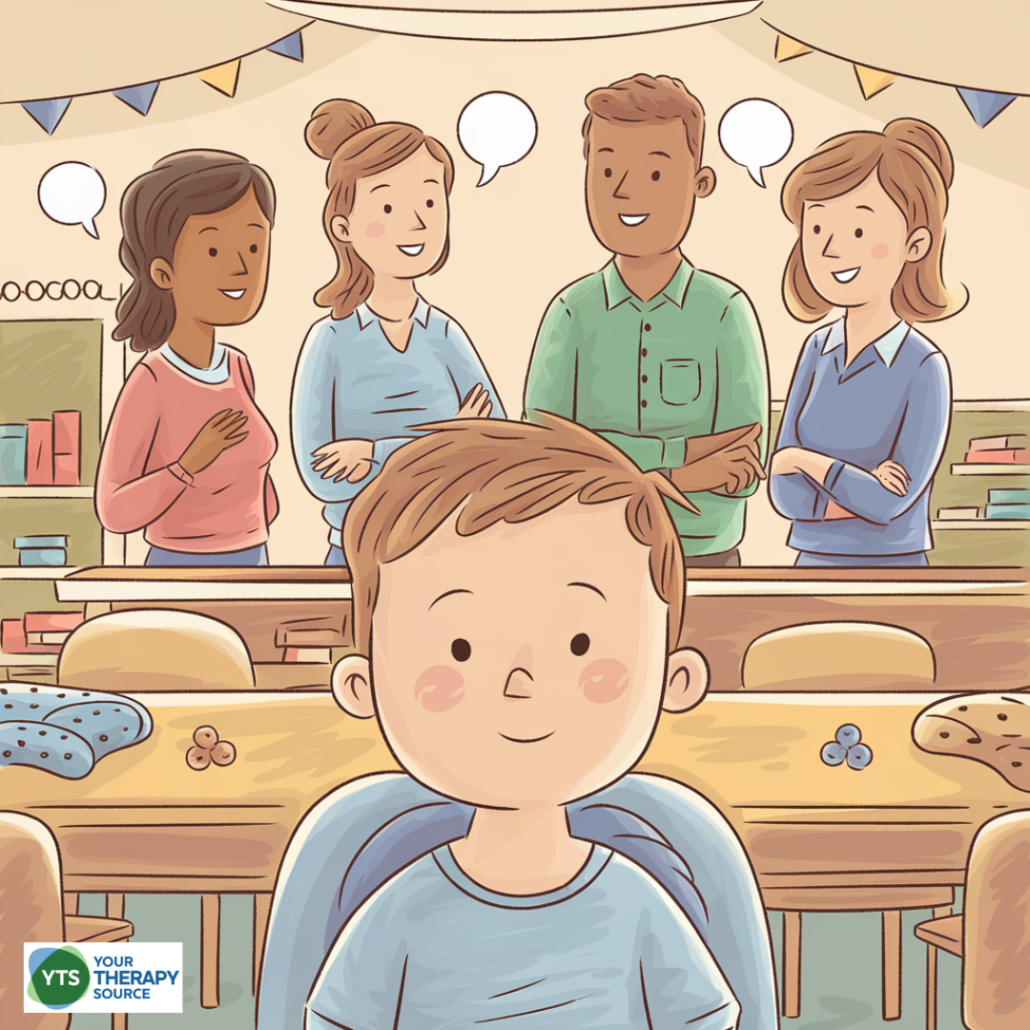Supporting Sensory Processing in Children with Autism with Collaborative Strategies
Children with Autism Spectrum Disorder (ASD) often experience sensory processing challenges that impact their interactions, daily activities, and learning experiences. By working together, parents, teachers, and therapists can create a well-rounded support system that addresses each child’s unique sensory needs. Key research on sensory processing in autism offers collaborative strategies for supporting sensory processing in children with autism.

What Is Sensory Processing?
Sensory processing is the way our nervous system receives, interprets, and responds to sensory information. This process is essential for organizing and regulating our behaviors in response to our surroundings. Children with ASD may have atypical sensory processing, affecting how they react to sensory inputs like sounds, textures, or movements. For them, creating a well-coordinated support plan can enhance their ability to participate and succeed in various environments.
What Does the Research Say about Collaborative Strategies for Supporting Sensory Processing in Children with Autism?
Research shows that up to 96% of children with autism experience sensory processing differences, often affecting daily routines, social interactions, and school performance. Two primary frameworks, Dunn’s Sensory Processing Model and Miller’s Sensory Processing Disorder Nosology, help explain these differences. Dunn’s model focuses on sensory thresholds, while Miller’s framework categorizes sensory processing patterns into subtypes such as overresponsivity, underresponsivity, and sensory seeking.
Additionally, research emphasizes the need to consider multiple perspectives when evaluating a child’s sensory needs. Parents, teachers, and therapists each observe different facets of a child’s behavior, offering valuable insights that contribute to a fuller understanding. Using tools like the Sensory Processing Measure (SPM) or the Sensory Adventure Measure (SAM), caregivers can work together to develop a comprehensive view of each child’s sensory profile, allowing for customized intervention strategies that are most effective for that individual child.

Sensory Strategies Workbook
Sensory Processing Challenges in Autism
Children with autism may experience Sensory Processing Disorder (SPD), which can manifest in several ways:
- Overresponsivity: Strong, sometimes overwhelming reactions to sensory input, such as loud noises or bright lights.
- Underresponsivity: Limited awareness or delayed response to sensory stimuli, making it hard for children to react appropriately.
- Sensory Seeking: Craving intense sensory experiences, like spinning or chewing objects, as a way to regulate their needs.
For children with ASD, these sensory differences can significantly impact daily activities, learning, and social participation. Studies have shown that up to 96% of children with ASD exhibit some sensory difficulties, particularly in areas like auditory and tactile processing.
The Importance of Individualized Sensory Processing Interventions
It’s crucial to recognize that each child has unique sensory processing needs, meaning there is no “one-size-fits-all” solution. Sensory interventions should be carefully tailored to the child’s specific preferences, sensory thresholds, and environmental triggers. An effective support plan includes input from parents, teachers, and therapists, who work together to understand and respond to the child’s behaviors across different settings.
Collaborative Strategies for Supporting Sensory Processing in Children with Autism
Working together, parents, teachers, and therapists can create consistent, supportive environments that align with a child’s individual sensory processing needs. Here are some key strategies:
- Communication and Sharing Observations
- Regular meetings or check-ins between parents, teachers, and therapists can help share insights from each setting. For instance, a parent may notice certain sensitivities at home, such as a preference for soft textures, while a teacher might observe specific triggers in the classroom, like bright lights or loud noises. Therapists can then use these observations to adjust intervention plans and share sensory activities that may work well in both settings.
- Creating a Sensory Profile Together
- Developing a sensory profile for the child, based on tools like the Sensory Processing Measure (SPM), can be a collaborative effort. This profile can help identify sensory preferences and challenges, allowing all caregivers to establish goals and strategies that are most effective. Parents, teachers, and therapists should update this profile as the child grows and their sensory needs evolve.
- Building Consistent Routines Across Environments
- Consistency is key to supporting children with ASD. For example, if a child benefits from deep-pressure sensory activities before transitioning to a new activity, both parents and teachers can incorporate these activities into home and school routines. This consistent support helps the child feel more secure and able to manage sensory input more effectively.
- Personalizing Sensory Strategies for Daily Tasks
- Daily routines often involve sensory experiences that can be challenging for children with autism. Parents and teachers can work with therapists to develop personalized sensory strategies for tasks such as getting dressed, eating, or transitioning between activities. For example, a child who struggles with tactile sensitivity during dressing may benefit from specific fabrics or clothing styles recommended by a therapist, with parents reinforcing these choices at home.
- Implementing Sensory Breaks
- Sensory breaks allow children to self-regulate and can be scheduled at home and school. Parents and teachers can collaborate on a sensory break schedule that aligns with the child’s daily routine. These breaks can include activities like jumping, swinging, or using noise-canceling headphones. By coordinating on the timing and types of breaks, caregivers provide a more cohesive approach to the child’s sensory regulation.
- Encouraging Self-Advocacy Skills
- Empowering children to recognize and communicate their sensory needs is an important skill. Therapists can teach children ways to express their needs, such as using simple phrases or signal cards. Parents and teachers can reinforce these skills, helping the child understand that they have a say in managing their sensory environment. This self-advocacy can be particularly empowering and supportive of the child’s independence. Setting self advocacy goals may also be helpful.

School and Home Communication Forms for Therapists
Involving the Whole Support System
A holistic approach to sensory support requires the coordinated efforts of everyone involved in the child’s life. Parents provide insights from home, teachers offer perspectives from the classroom, and therapists bring specialized knowledge to develop effective interventions. By sharing observations and adjusting strategies together, caregivers can help the child adapt and respond to sensory challenges across all environments. Each perspective adds a piece to the puzzle, allowing for a fuller understanding of the child’s needs and the best ways to support them.
Supporting Each Child’s Unique Sensory Journey
Sensory processing support for children with autism must be individualized, as each child experiences and reacts to sensory input differently. By collaborating closely, parents, teachers, and therapists can create a network of support that adapts to the child’s unique sensory profile. This teamwork enables children to feel more comfortable, engaged, and successful in their daily lives, fostering a positive environment that celebrates and embraces their sensory diversity. With understanding and consistent, personalized strategies, caregivers can help children with autism navigate their sensory world and thrive.
More Helpful Information
For more insights on collaboration and strategies to support children with autism, check out these additional resources:
- Collaborative Teaching Strategies
- Effective Collaboration in Schools
- Autism Teaching Strategies
- Autism and Sensory Processing Disorder
These posts provide additional tips and resources on how parents, teachers, and therapists can work together to support children’s unique sensory and learning needs.
Reference
Rajuan, G., Liberman, L., & Bart, O. (2024). Sensory Processing in Children With Autistic Spectrum Disorder: Clinicians’, Parents’, Teachers’ and Children’s Perspectives. Focus on Autism and Other Developmental Disabilities, 10883576241282302.



